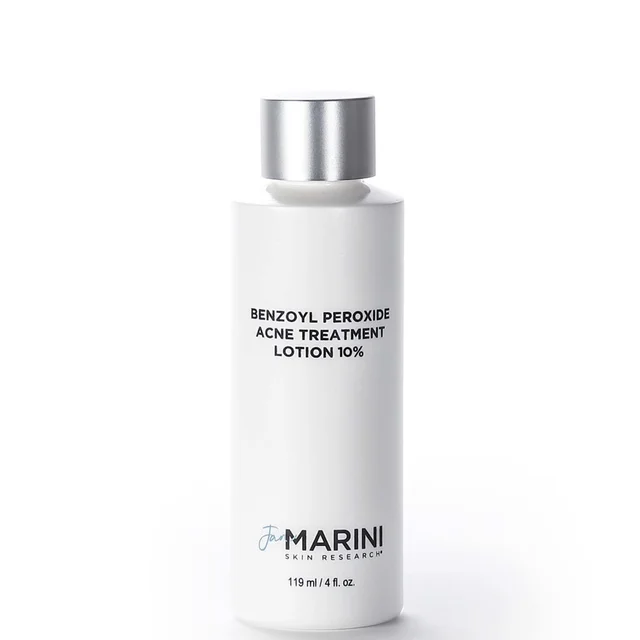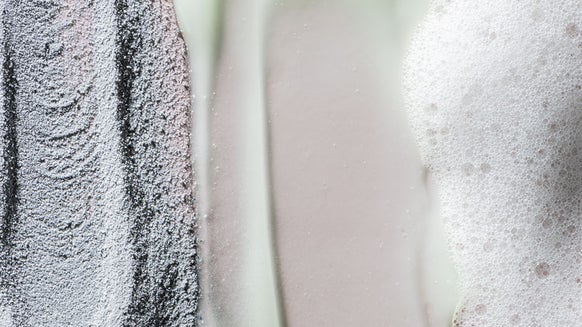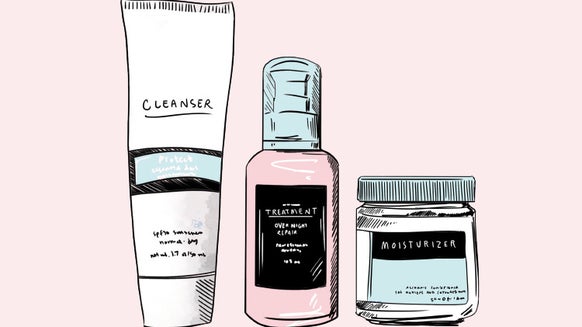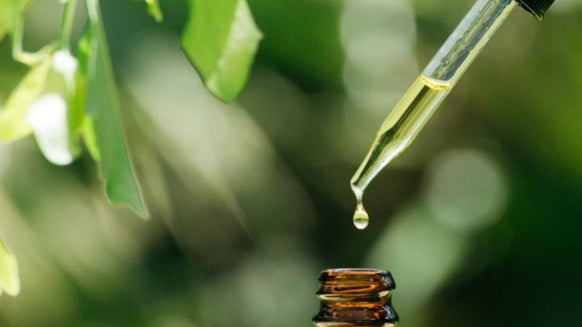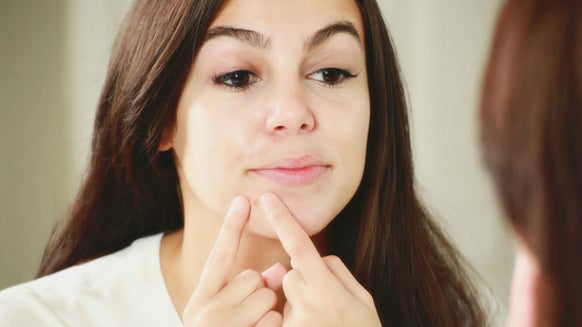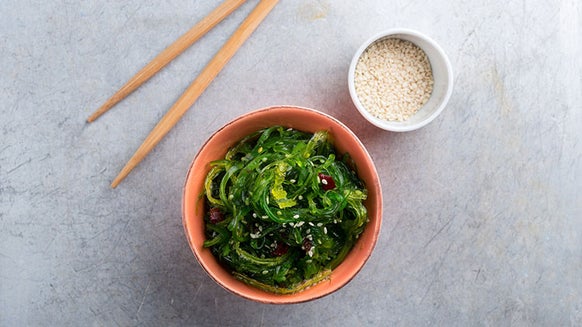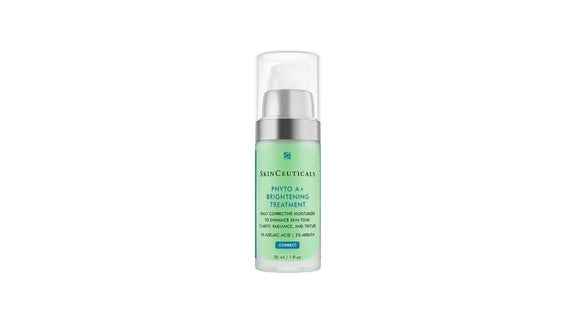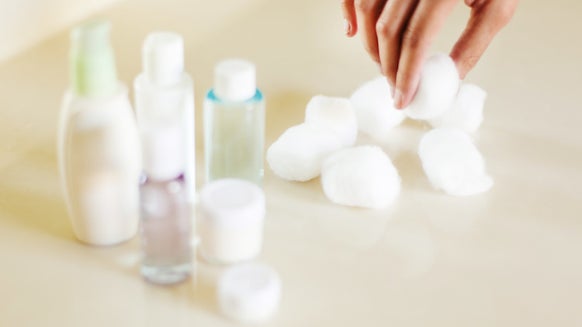How to Treat an Infected Pimple
It’s a terrible truth we’ve known since puberty: there are pimples, and then there are
1. What are the signs of an infected pimple?
2. How does a pimple become infected?
It’s not a pretty picture. Temple describes, “As dead skin cells and bacteria build up and fester under the pimple,” the area becomes swollen and a pustule can form. A pustule is an inflamed pimple with a white or yellow center containing pus. An infected pimple is pretty rare, and it’s usually self-made. With new pimples, the impulse is to poke and prod, but Temple tells us this is the cause of most infections. She says, “The more you poke and prod the pimple without proper technique and products, the more likely it is for it to become infected.”
3. What can you do, at home, to treat an infected pimple?
When you notice a new pimple coming to town, Temple recommends “using a spot treatment with a high concentration of benzoyl peroxide, salicylic acid, resorcinol or sulfur.” Then, she stresses, leave it alone. These ingredients are particularly effective as they help to dissolve follicular buildup. A particular favorite of Temple’s is The Acne Control Regiment by PCA Skin.
The only time Temple suggests DIY extraction is when you notice the white pus starting to push its way out of the pimple. Then, wait to do anything until after a steamy shower. “Cleanse and disinfect the area thoroughly,” she says, then “wrap your fingers in a tissue and gently apply pressure with two fingers North/South and then East/West (top and bottom and then side by side) in a gentle rotation until the head of the pustule is out.” Quickly disinfect the area with a salicylic acid based toner and then leave it be.
4. When should you see a doctor?
5. What are some risks of an infected pimple?
6. How should you prevent/manage those risks?

From the latest hair and makeup trends to the best solutions for your skin issues, we've got all your beauty concerns covered!


